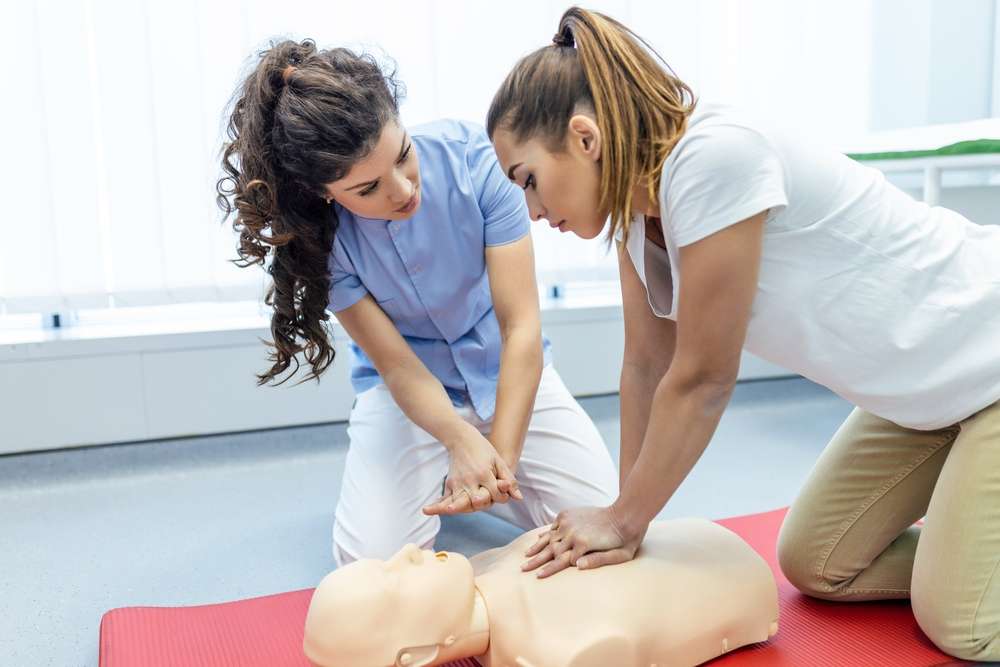Start a Healthcare Career as a Medical Assistant
Explore how medical assistant training can quickly move you into healthcare. This guide breaks down program lengths—from accelerated certificates to associate degrees—key clinical and administrative skills, certification options, typical costs, and employment outlook based on labor data. Find tips to choose a program, discover funding sources, and prepare for roles in clinics, hospitals, urgent care, and specialty practices.

Start a Healthcare Career as a Medical Assistant
Program lengths and delivery formats
Medical assistant programs vary by credential and school, so timelines depend on the path you choose. Many certificate or diploma courses focus on essential clinical and office tasks and can be completed in about 6 to 12 months, with accelerated tracks sometimes finishing closer to 6–8 months. Community college associate degree programs usually span roughly two years and include more general education and extended hands-on practice. Shorter programs are designed for fast entry into the workforce, while longer programs typically offer extra lab hours, supervised externships, and more classroom depth.
Where medical assistants work and job outlook
Job prospects for medical assistants are strong. The U.S. Bureau of Labor Statistics projected faster-than-average growth for this occupation through 2031 (about 16% growth from 2021 to 2031), driven by an aging population, greater emphasis on preventive care, and expanded services in outpatient settings. Medical assistants find employment in many environments, such as primary care and specialty physician offices, hospitals, urgent care centers, outpatient clinics, and diagnostic labs. The role’s flexibility also creates opportunities to move into administrative management, medical billing and coding, or clinical specialty areas with additional training.
Clinical and administrative skills you will develop
Training programs blend patient-facing clinical duties with front-desk and back-office responsibilities. Common clinical competencies taught include taking vital signs, preparing patients for exams, collecting and processing lab specimens, assisting with minor procedures, and administering injections or basic medications under supervision when permitted. On the administrative side, coursework typically covers appointment scheduling, patient registration, insurance verification basics, introductory medical coding, and using electronic health record (EHR) systems. Programs also stress interpersonal and professional soft skills—clear communication, empathy, confidentiality, teamwork, and time management—which are essential for smooth clinic operations and high-quality patient care.
Certification and credential choices
Although certification isn’t mandatory everywhere, many employers prefer or require a nationally recognized credential because it signals demonstrated competence. Well-known national credentials include the Certified Medical Assistant (CMA) from the American Association of Medical Assistants (AAMA), the Registered Medical Assistant (RMA) from American Medical Technologists (AMT), and the National Certified Medical Assistant (NCMA) from the National Center for Competency Testing (NCCT). Each certifying organization has specific eligibility requirements related to program accreditation, clinical hours, and exam registration. Holding certification can strengthen job prospects, potentially increase pay, and provide a foundation for career advancement.
Typical costs and financial considerations
Costs vary widely by program type, geographic region, and whether you attend a public community college or a private career school. In addition to tuition, plan for fees such as textbooks, supplies, uniforms, background checks, and clinical placement costs. Certification exam fees often range from about $125 to $250 depending on the credentialing body. Many institutions accept federal financial aid; scholarships, grants, flexible payment plans, and employer tuition assistance are commonly available, especially for students who continue working while enrolled.
| Training Option | Provider Type | Cost Estimation |
|---|---|---|
| Certificate Program | Community College | $2,500 - $10,000 |
| Associate Degree | Community College | $10,000 - $25,000 |
| Diploma Program | Vocational School | $5,000 - $15,000 |
| Accelerated Program | Private Career College | $8,000 - $20,000 |
Prices, rates, or cost estimates mentioned are based on available information and may change. Independent research is advised before making financial decisions.
How to choose the program that fits your goals
Start by clarifying your timeline and long-term plan. If you want to enter the workforce quickly, consider a certificate or accelerated pathway. If you anticipate further education or want a broader academic background, an associate degree may be preferable. Important selection factors include program accreditation, the availability and quality of clinical practicum or externships, instructor experience, student support services, and graduate placement rates. Visit campuses when possible, talk to admissions representatives, and reach out to local healthcare employers to learn which credentials they value most.
Building a career after training
With solid training and optional national certification, medical assistants can build stable careers across many healthcare settings. On-the-job experience frequently leads to supervisory roles, office management, or specialization in fields like ophthalmology, podiatry, or dermatology. Some medical assistants transition into other allied health careers—such as nursing, radiologic technology, or health information management—by pursuing additional education. The combination of strong demand and the chance to contribute directly to patient care makes this an attractive entry point into healthcare.
This article is for informational purposes only and should not be considered medical advice. Please consult a qualified healthcare professional for personalized guidance and treatment.






